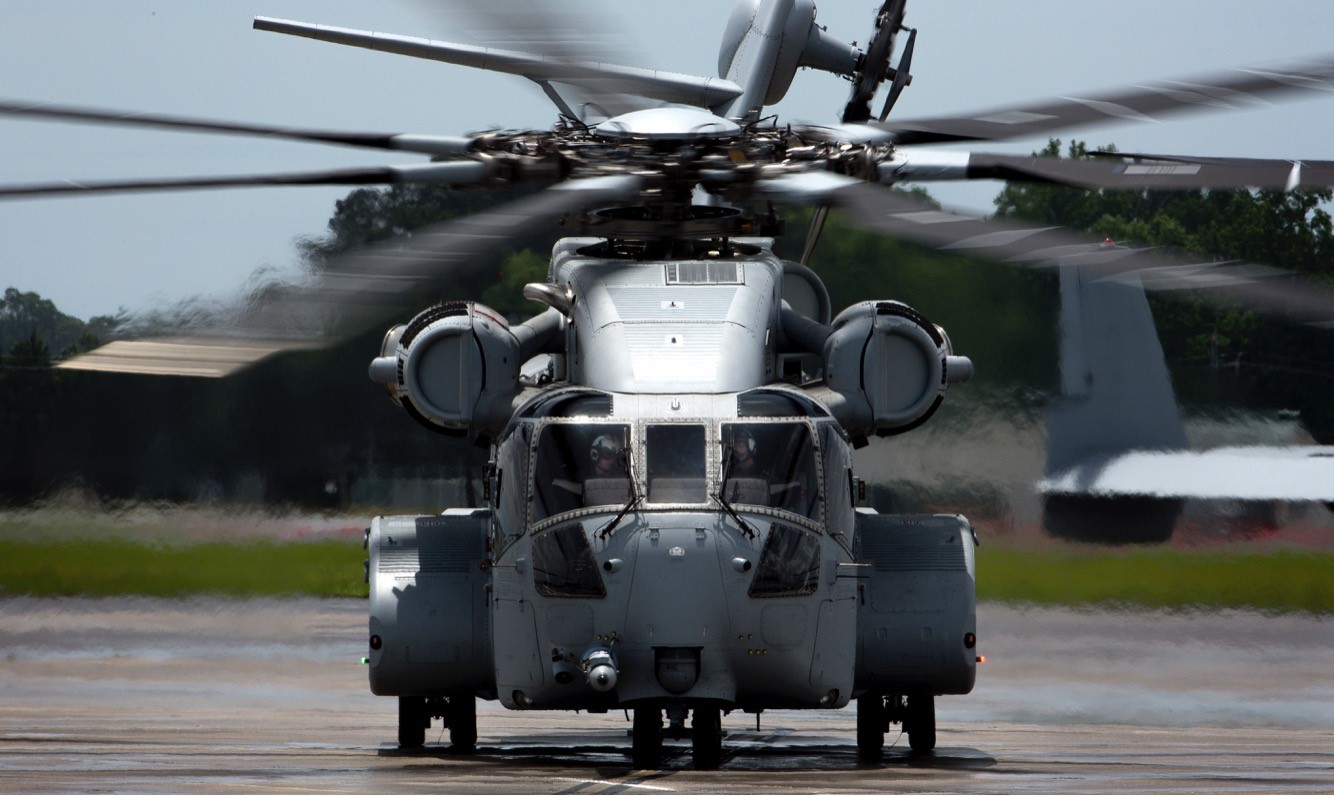
CAPITOL HILL – The Marines’ top aviator said the new CH-53K heavy lift helicopter has had some struggles during its past year of testing but would emerge from it a capable and reliable asset for the Marines.
Lt. Gen. Steven Rudder told the House Armed Services tactical air and land forces subcommittee on Thursday that last year the service moved the Lockheed Martin-built CH-53K King Stallion from Sikorsky’s West Palm Beach test facility to Naval Air Station Patuxent River for a strenuous test plan.
“We put it through its paces. We brought it out to Colorado and did high-altitude testing; we banged it around in the dirt out there, and we found some things. And we found some things because good Marine test pilots and the naval enterprise found things that needed to be fixed. So the delays that you see right now are to make sure we get it right,” he said.
USNI News previously reported that the discovery of an “exhaust gas re-ingestion” issue in the engine, along with other deficiencies, slowed the testing – which was already behind schedule due to having too few aircraft and not all test flights counting towards program requirements.
To compensate for the ongoing bill of the developmental testing, and to allow for concurrency management between testing and production, the Marines asked to buy just six aircraft in their Fiscal Year 2020 budget request rather than the planned nine.
As the Marines seek to move into procurement while still working out those deficiencies and finishing up the test program, Rudder said, “we’re endeavoring right now to enter into a contract that addresses all the deficiencies as well as any new deficiencies as part of the delivery of that aircraft.”
Daniel Nega, the deputy assistant secretary of the Navy for air programs, said at the hearing that the Department of the Navy is in talks with Lockheed Martin now about the next contract, but he said any future deficiencies would be on Lockheed Martin to address.
“The flight envelope’s been tested to the corners; Gen. Rudder talked about how we’ve sort of wrung it out,” he said.
“There’s a relatively low risk that anything major will be found. However, if nuisance issues come along, we are not going to give those nuisance issues to the Marines, and the Navy and Marine Corps team is not going to accept the full risk of that. So the risk concurrency between the development and the production, that overlap is going to be taken care of.”
Despite all the challenges that arose during testing – all of which are “fixable,” Rudder stressed – the general asked the subcommittee to focus on the big picture.
“This aircraft did some unbelievable things this past year: it lifted 36,000 pounds, it still can go 100 miles with 27,000 pounds – three times what the 53E can do,” he said.
“I think we’re on the right track. You’ll see where we put in this year’s budget – we put what we need to fix (the deficiencies), as well as manage our procurement a bit to make sure we don’t get ahead of ourselves – but if you let us continue on with the money we’ve asked for this year and the money that we asked for for next year, we’re going to fix this and we’re going to deploy it in 2024.”





